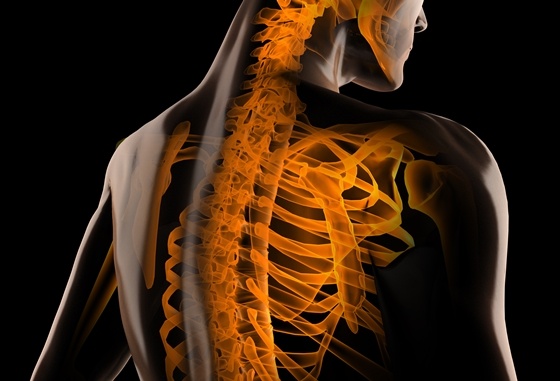
Stem cells are currently used to treat more than 80 different conditions, including various forms of cancer, metabolic disorders, and blood disorders. Researchers are also testing the potential of stem cells for treating other conditions including Parkinson’s disease, spinal injuries, multiple sclerosis, macular degeneration and Alzheimer’s disease.
One of the most significant challenges that scientists face when testing stem cells is assessing how they transform after being transplanted. A new breakthrough from researchers at the University of Missouri may help to answer some questions about how stem cells work inside the human body.
The researchers were able to record the process that occurs when human fat cells transform into bone tissue cells. They now have a greater understanding of how stem cells help create bone tissue cells.
These findings could lead to new treatments for osteoporosis, a debilitating bone disease condition that affects more than 200 million people globally.
Dr. Elizabeth Loboa dean of the MU College of Engineering, explains the importance of the findings, saying: “Stem cell treatments and therapies hold tremendous promise in treating a range of diseases and injuries; however, there is still a lot to learn about how stem cells grow and convert to needed tissues.
Dr Loboa continued: “Sometimes the biggest hurdle is watching the process as it takes place. We need the ability to observe and monitor the process without impeding it; therefore, our team decided to analyse and study a new approach to monitoring stem cells as they transform into tissues we may need to treat disease.”
The team used electrical cell-substrate impedance spectroscopy (ECIS) to test how the stem cells interacted and changed. They stimulated fat cells to turn into bone cells and monitored the processes that took place.
They tested fat cells from patients in different age groups, finding that elderly cells made the transition faster, while younger cells took longer — which meant they secreted more calcium. The findings will help researchers develop new tools for diagnosing osteoporosis and may lead to a new stem cell treatment.
Source: Watching stem cells change provides clues to fighting osteoporosis in older women
{{cta(‘010124f3-c9bc-4a23-b9fc-74953e6288c9’)}}


